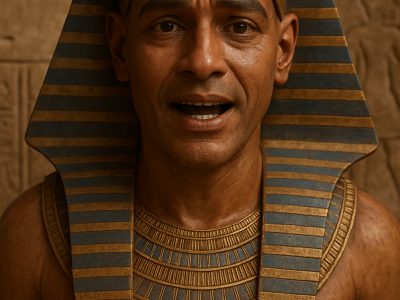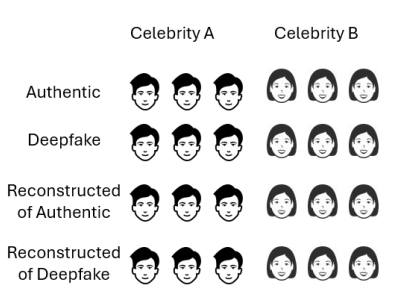
This dataset contains anonymized responses from 600 Egyptian citizens collected in March 2025 to assess public perceptions of artificial intelligence (AI) and deepfake technologies used in the animation of ancient pharaonic statues and symbols. The survey was conducted as part of a broader research study titled "Animating the Sacred: The Ethical and Cultural Implications of AI-Powered Awakening of Pharaonic Symbols Using Deepfake Techniques."
- Categories:


